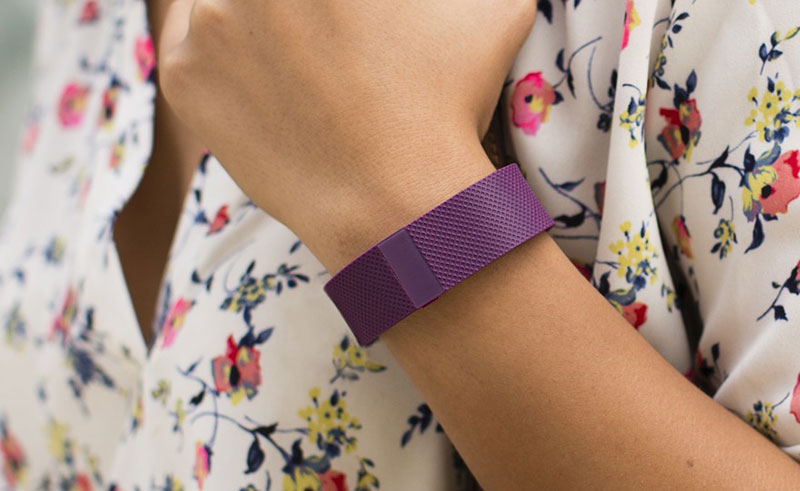One of the biggest challenges faced by companies in the medtech industry is to protect the trade secrets of wearable medical devices. Medical Wearables are the handheld monitoring tools primarily used in monitoring and identification of disease.
With the rise in prevalence of chronic diseases, patients are opting for home healthcare tools as an efficient and cost-effective of treatment, instead of hospital services. Many people are working from home as a result of the COVID-19 pandemic. Given the risk of coronavirus exposure, patients tend to prefer wearables and telehealth options over in-office visits. As the pandemic is making wearables more important than ever, more companies are now turning to trade secret law for protection.
Read more New Startup Medical Ledger Offers Health Data Privacy with Blockchain-Powered EHR
The Medical Wearables Market size is projected to reach USD 19.5 billion by 2025 from USD 7.4 billion in 2020, at a CAGR of 21.4 % during the forecast period, according to the new market research report by MarketsandMarkets.
Medical wearables encompass technologies such as hardware, software, telemetry, sensors and diagnostic tools. While some of these technologies may be easy to protect by a patent, in some countries, it may be difficult to protect software and computer-implemented technologies. In the same way, protecting ways of treatment or diagnosis can be difficult in some countries, especially in the United States, reports Amanda Stark in ManagingIP.
Patents vs. Trade secrets
Patent protection encompasses a costly and lengthy process, but on the other hand trade secrets arise automatically. Trade secrets may be used to protect data, algorithms and processes provided they can be kept confidential. Trade secrets have an immediate effect and there’s no requirement to register them. The cost is also significantly lower compared to patents.
Copyright
Medical wearables and apps collect data and transfer them to healthcare professionals for evaluation. While the data per se aren’t protected by copyright, collection of it or the database itself may be protected under copyright.
Read more How Secured is Blockchain for Healthcare Data Security?
Design rights
Design rights allow the protection of a product’s shape or appearance but not its function. As the appearance of the wearable device is often a key factor in its demand, design rights should be clearly explained in the IP portfolio of the company.
There are time limits in patent protection but trade secrets protection is not limited in time. Trade secrets may be protected forever, helping a digital health firm to keep ahead of the competition.













